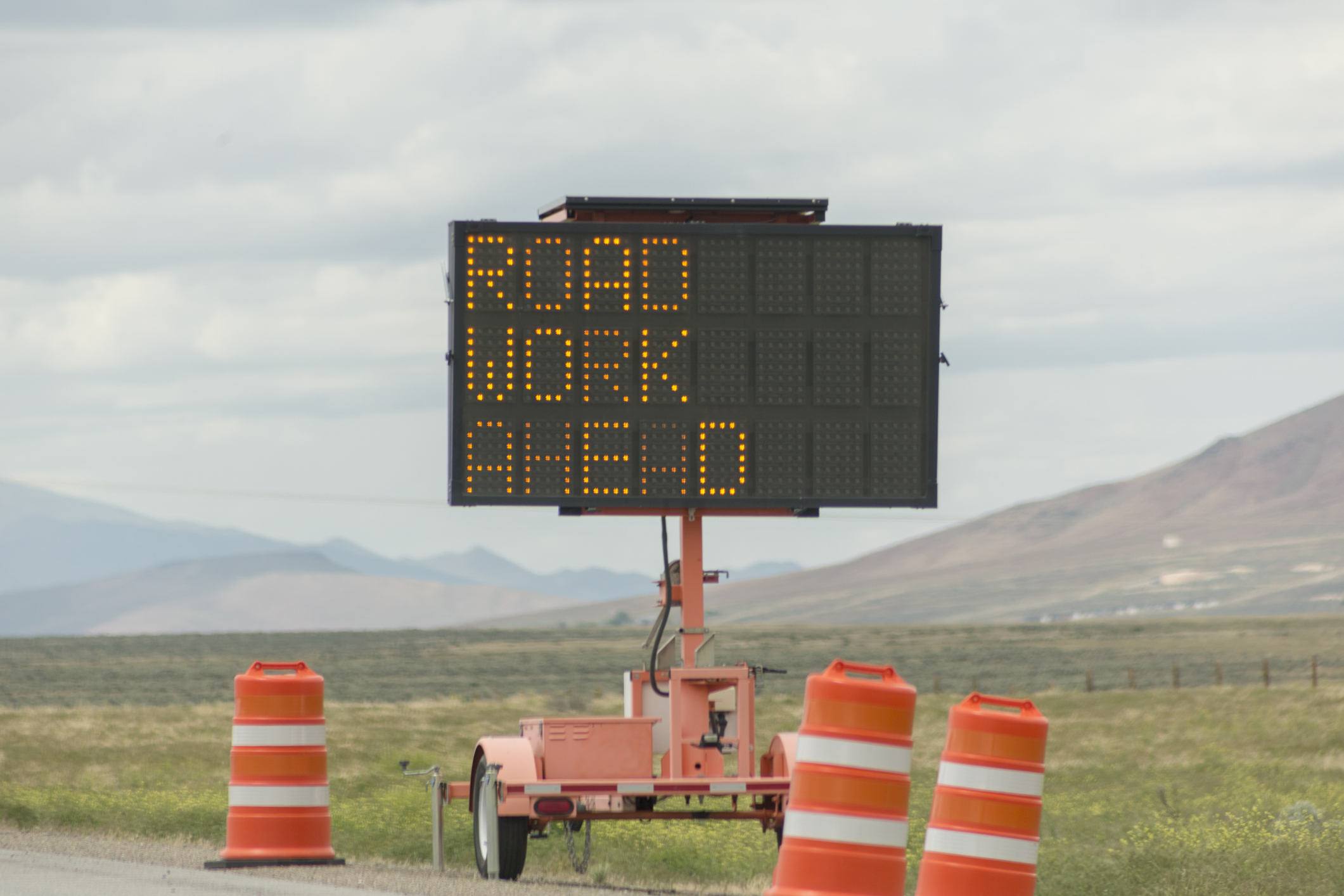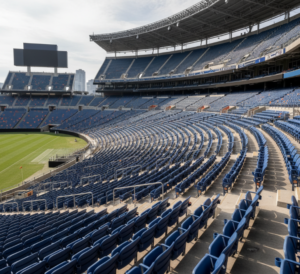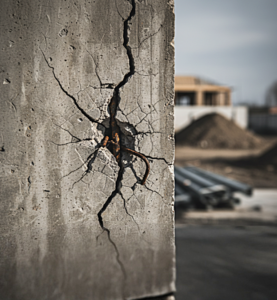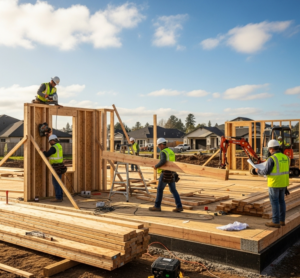As we return to morning school drop-off, Sunday football parties, and fall activities, most of us will experience driving safety within construction zones. New technologies have revolutionized road safety within construction zones. So, what should we know to keep ourselves and construction workers safe in these areas?
Traffic Control Devices
The Federal Highway Administration has turned to Interconnected Digital Technologies (ITS) within its Traffic Control Devices to adjust the devices based on changing road conditions, vehicle speeds, and traffic patterns. For example, you may encounter signage that updates with new information. You may also encounter Automated Flagger Assistance Devices (AFAD), which can stop traffic depending on the construction. The device allows an operator to control both devices fully from a safe location outside the work zone.
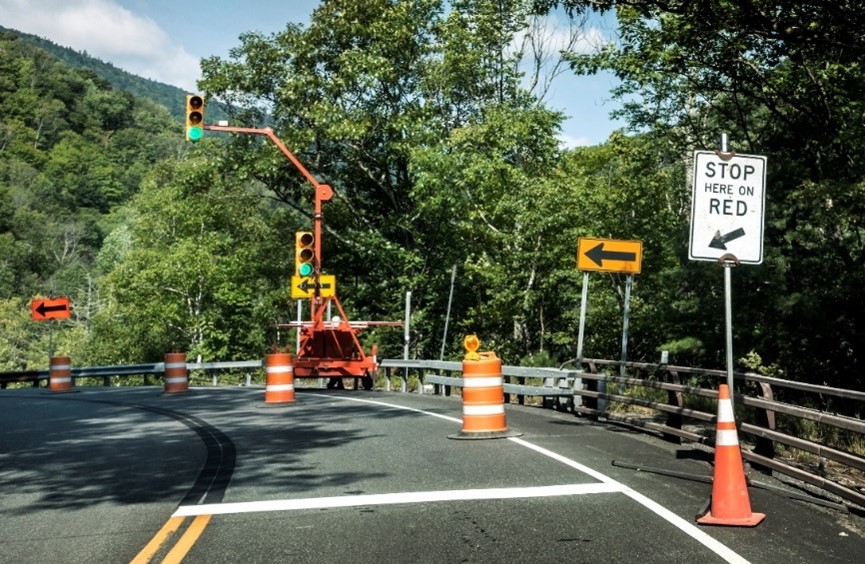
Drone and Photo Surveillance for Safety
Drones can provide a bird's-eye view of potential hazards for drivers and construction personnel. As a result, traffic patterns and worker placement may be changed to improve the site’s safety and reduce the risk of accidents.
Camera surveillance linked with ticketing systems may be installed in certain states to monitor driver speeds and illegal lane changes. This surveillance can also capture data on traffic patterns. Authorities can use this data to identify traffic problems and ensure a safer and more enjoyable driving experience.
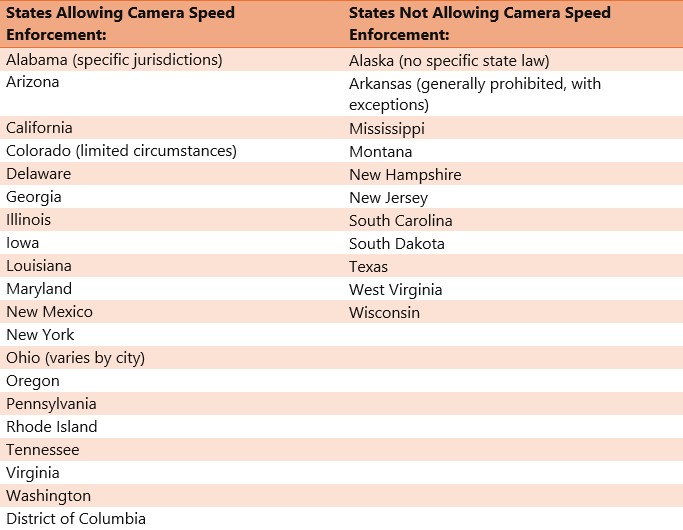
In-car Navigation Systems and Vehicle-to-Infrastructure (V2I) technology
V2I Technology, encoded in smartphone GPS applications and in-car navigation systems, essentially allows car systems to communicate with other cars and news alerts to receive information about construction zones and slowdowns.
Some applications allow you to report a crash or a slowdown, which can inform other drivers using the software. However, please use your smartphones and devices responsibly and follow state laws while operating a vehicle.
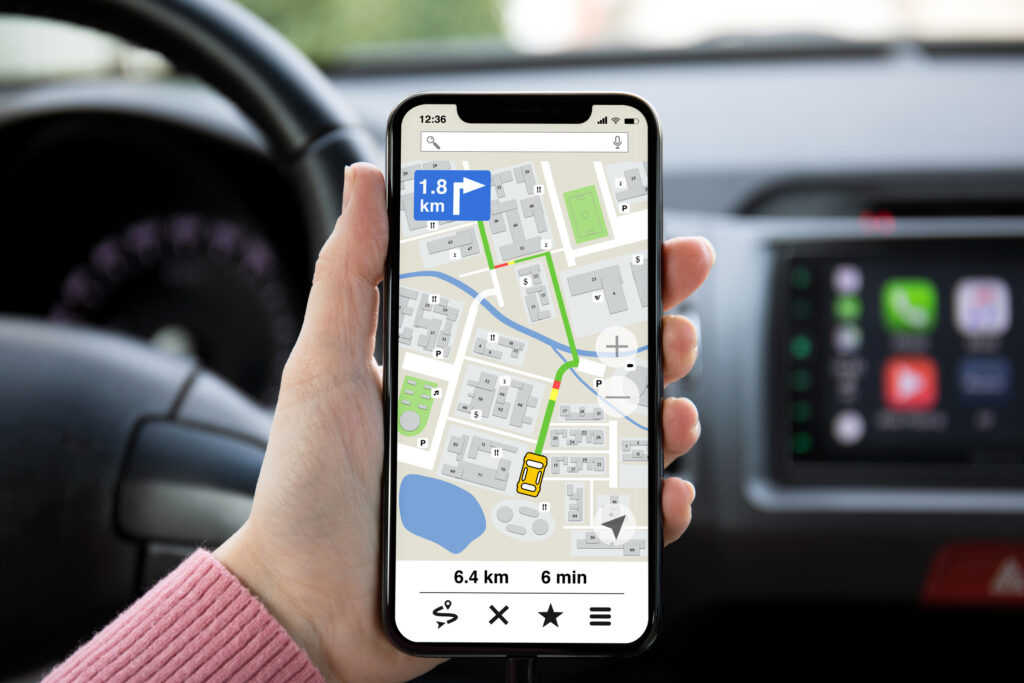
Data-Driven Safety Planning
Large data pools from navigation systems and cell phone applications are now used to design safer traffic patterns and work zones. By leveraging data analytics, the risk of accidents can be reduced.
Construction Personnel Wearable Technologies & Sensor:
Construction companies are now distributing sensor-driven safety gear to help workers know when traffic and large equipment are approaching their proximity. Conversely, some modern vehicles notify drivers when they are on a rumble strip or close to a barrier. Sensor technology can greatly improve the overall safety of a roadside construction site.
Key Take-Aways:
Advancements in traffic safety technology have reduced the risk of accidents. Still, when they do occur, they are often more complex due to the very same technology and drivers’ higher speeds and/or actions. Drive slow and pay attention while approaching work zones!
CED Technologies' Transportation Group, composed of engineers with specialized training in accident reconstruction and biomechanical engineering, analyzes accidents using advanced technology. Our engineer’s multidisciplinary approach ensures thorough investigations, giving our clients a clear understanding of the causes and details.
Sources:
CDC
FindLaw.com
National Capital Industries
U.S. Department of Transportation—Federal Highway Administration
